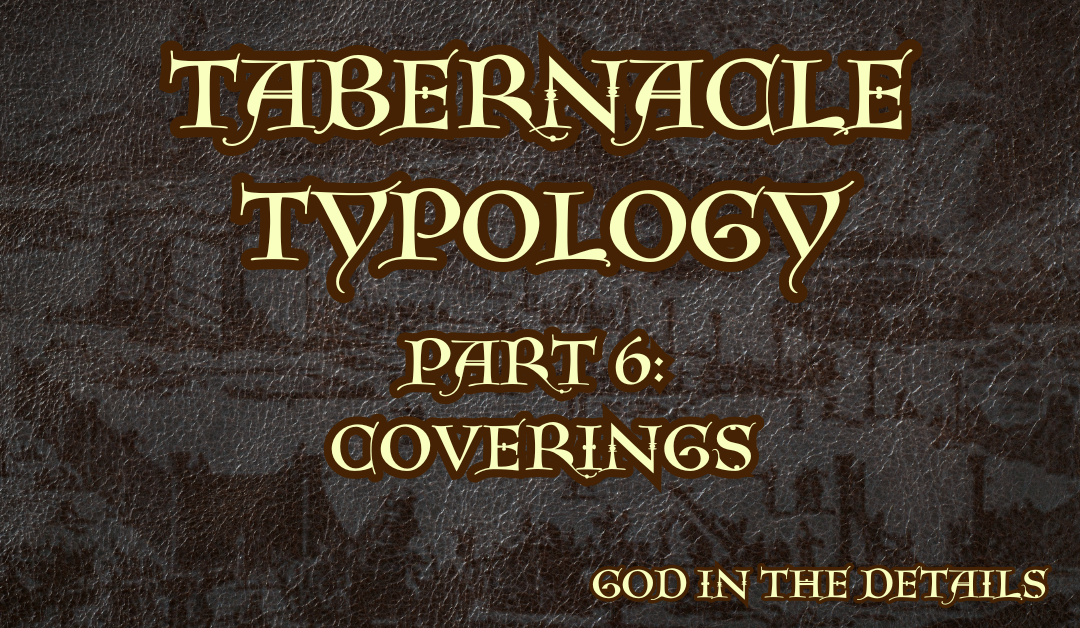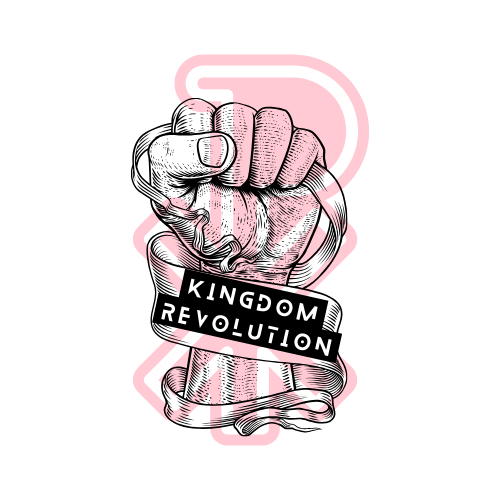
Tabernacle Typology Part 6: Coverings
Tabernacle Typology 6: Coverings
Ex. 25:1-9: (KJV)
And the Lord spake unto Moses, saying, “Speak unto the children of Israel, that they bring me an offering: of every man that giveth it willingly with his heart ye shall take my offering.And this is the offering which ye shall take of them; gold, and silver, and brass,And blue, and purple, and scarlet, and fine linen, and goats’ hair,And rams’ skins dyed red, and badgers’ skins, and shittim wood, Oil for the light, spices for anointing oil, and for sweet incense, Onyx stones, and stones to be set in the ephod, and in the breastplate. And let them make me a sanctuary; that I may dwell among them.
Much like these temples made of flesh and bone that we inhabit, the Tabernacle was likewise covered with skins and hair.
God instructs Moses to use Goat’s Hair, Ram’s Skin and Badger Skin in the construction of the Tabernacle.
From outside the Tabernacle, then, would’ve looked like any other tent – just like Jesus, taking on flesh, would look like any other man. The rather mundane coverings hid from view the Holy and the Divine within.
In Isaiah 53 we read: “He had no beauty or majesty to attract us to him, nothing in his appearance that we should desire him. He was despised and rejected by mankind, a man of suffering, and familiar with pain. Like one from whom people hide their faces he was despised, and we held him in low esteem.” (Isaiah 53:2-3, NIV)
The coverings also speak of Jesus in other ways:
Goat’s Hair: This hair was woven by women into yarn (Ex. 35:26), making a hard-wearing material most suitable as a tent-covering.
In Matthew 25:32, a description of the Last Judgement, we find goats and sheep being separated from one another, the sheep signifying the righteous, whilst the goat’s were emblematic of the unrighteous. On the cross, Jesus was our scapegoat (Leviticus 16), taking all our transgressions upon Himself, taking all the blame for us. God revealed Himself in the likeness of sin, He revealed Himself in the likeness of unrighteousness to condemn it, and set us free (Rom 8:3). Thus it typifies Christ coming in the likeness of sinful flesh to defeat death and break the bonds of sin.
Ram’s Skins: Dyed red after they had been prepared.
Christ is called the Lamb of God, signifying His pure and spotless life, as well as His gentleness and meekness, the love that defined every deed, every act and every word to come from Him. The ram however signifies the strength of His public testimony, His steadfastness and resolve.
It also signifies the covenant made with Abraham – the fact that Jesus would take our place on the Cross. The Ram’s skins were dyed red, typifying how Jesus sealed the testimony in His blood, how the new covenant in His blood was made.
Sealskins: Or ‘badgers’ skins’. The Hebrew word Tachash – translated here as Badger Skins and Seal Skins in other versions of the text – has been the subject of much debate over the years. Jewish legend explains it as a unique animal, which existed only in the time of Moses.
Dr. Terry Harman shares the following thought: “If the tachash was a mysterious animal that only lived during the construction of the Tabernacle, then the Lord provided it and the people of God used it to glorify the Lord and the dwelling place of the Shekinah because it was a “one of a kind,” fit for the King of Kings and it will always remain a mystery.”
The Badger’s Skins are emblematic of strength and endurance. It was the external covering of the Tabernacle, probably hinting at the outer, or physical appearance of Jesus. Jesus was a carpenter (Mark 6:3), and thus it’s probably not too farfetched to assume that He might’ve had a rather rugged appearance. The fact remains that many who looked at Jesus only saw the uncomely badger’s skin of the Christ – and could not recognize that which was under the skin.
The badger’s skins typify Christ as a pilgrim, a sojourner in this world. An outcast, if you will, meant not for this life, but for the glory that was, and is, and always will be His!
Reflect:
1. In meditating on the above, on the coverings of skin and hair – how does it speak about the life of the Believer in Christ?
2. Many did not recognize the beauty of the Messiah. Thinking back on your own life, what is it that attracted you to Christ? How has your thinking and vision of Him changed as you have ventured deeper into the Sanctuary of relationship with Him?
Prayer: Lord, I pray that my relationship with You will always be more than just skin deep. I pray that You will take me deeper – deeper into the Sanctuary of Your Presence. Expand my vision of You and Your Kingdom – and guide my steps as a pilgrim and sojourner in this world – that I might be a testimony of Your strength and steadfast love. In Jesus Name. Amen.




